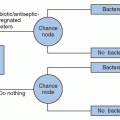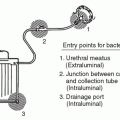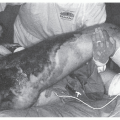Head coverings should be disposable or a fabric cap that is laundered daily. The head covering should completely cover the hair (
90,
91). Human hair can become the source of pathogenic bacteria which includes MRSA. Hair left uncovered becomes a filter and collects bacteria in proportion to its length, waviness, and oiliness. In one study, it was shown that
S. aureus and
S. epidermidis have a tendency to colonize hair, skin, and the nasopharynx (
92). An outbreak of group A
ß-hemolytic streptococcus on the scalp of scrub person was identified as the same pathogen that occurred in 20 patients who developed SSIs. Group A
Streptococcus is isolated in only 1% of SSIs; an SSI that is caused by group A
Streptococcus can be very severe and difficult to treat (
93). Another study found that washing the hair with a neutral shampoo without an antimicrobial component has no bactericidal effect on the hair (
92). Head covering design should contain hair and scalp skin, which would decrease microbial dispersal. HCP with bald or shaved heads must also wear a head covering to prevent shedding of skin squames (
94). Skullcaps do not contain hair at the nape of the neck or in front of the ears and should not be worn in the perioperative suite (
95).







